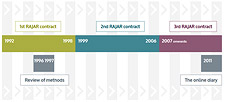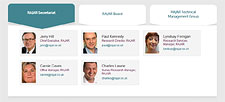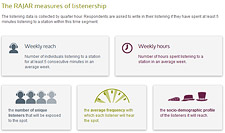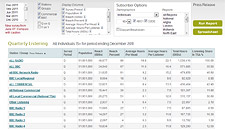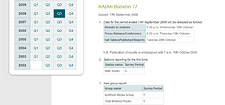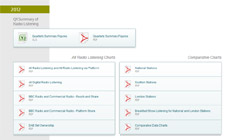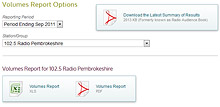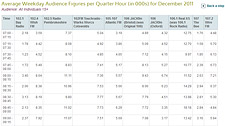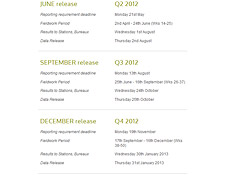About RAJAR
The key points
- RAJAR stands for Radio Joint Audience Research. It is the official body in charge of measuring radio audiences in the United Kingdom.
- RAJAR was set up by the BBC and the RadioCentre in 1992 to measure their audiences using the same system. It replaced the BBC’s Daily Survey and Commercial Radio’s JICRAR survey.
- RAJAR is a non profit making organisation.
- RAJAR data is the industry wide currency for planning, buying and selling advertising on Commercial Radio.
- RAJAR is owned and controlled by the industry it serves.
- RAJAR has a continuous programme of innovation and development to meet its market’s needs.
- The current annual sample is approximately 100,000 diaries. Participants are asked to keep a diary recording their radio listening for a week or be part of the InCompass panel where their listening is measured electronically via an app called Mediacell.
RAJAR organisational structure
All sides of the industry are fairly represented on the various RAJAR committees. RAJAR is a deadlock company: all Board decisions have to be agreed by both the BBC and RadioCentre.
RAJAR Board:
RAJAR non executive Chairman
RAJAR CEO
3 BBC representatives
3 RadioCentre representatives
1 IPA representative
1 ISBA observer
Other RAJAR committees comprise:
DUG: Data User Group
TMG: Technical Management Group
The RAJAR contract
The current contract (starting in 2007) is split between two contractors: RSMB is in charge of sample design and weighting, while Ipsos handles fieldwork, scanning, processing and reporting.
Stations on RAJAR
RAJAR currently surveys over 300 individual stations broadcasting in the UK, of which 55 belong to the BBC. These stations vary greatly in size, from national to local, with the smallest being surveyed on an area of 50,000 adults. Only Ofcom-licensed stations can request to be measured by RAJAR.


